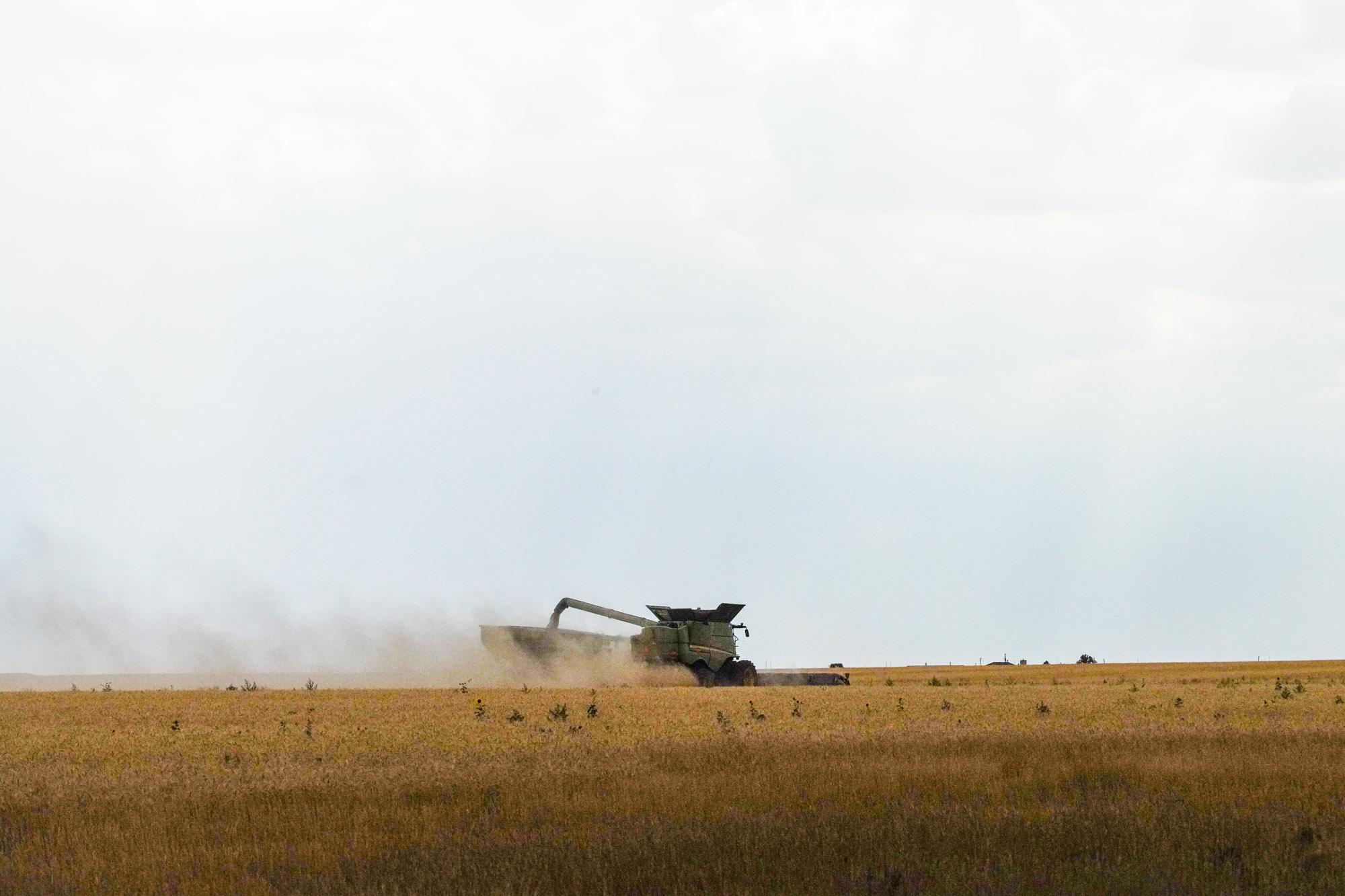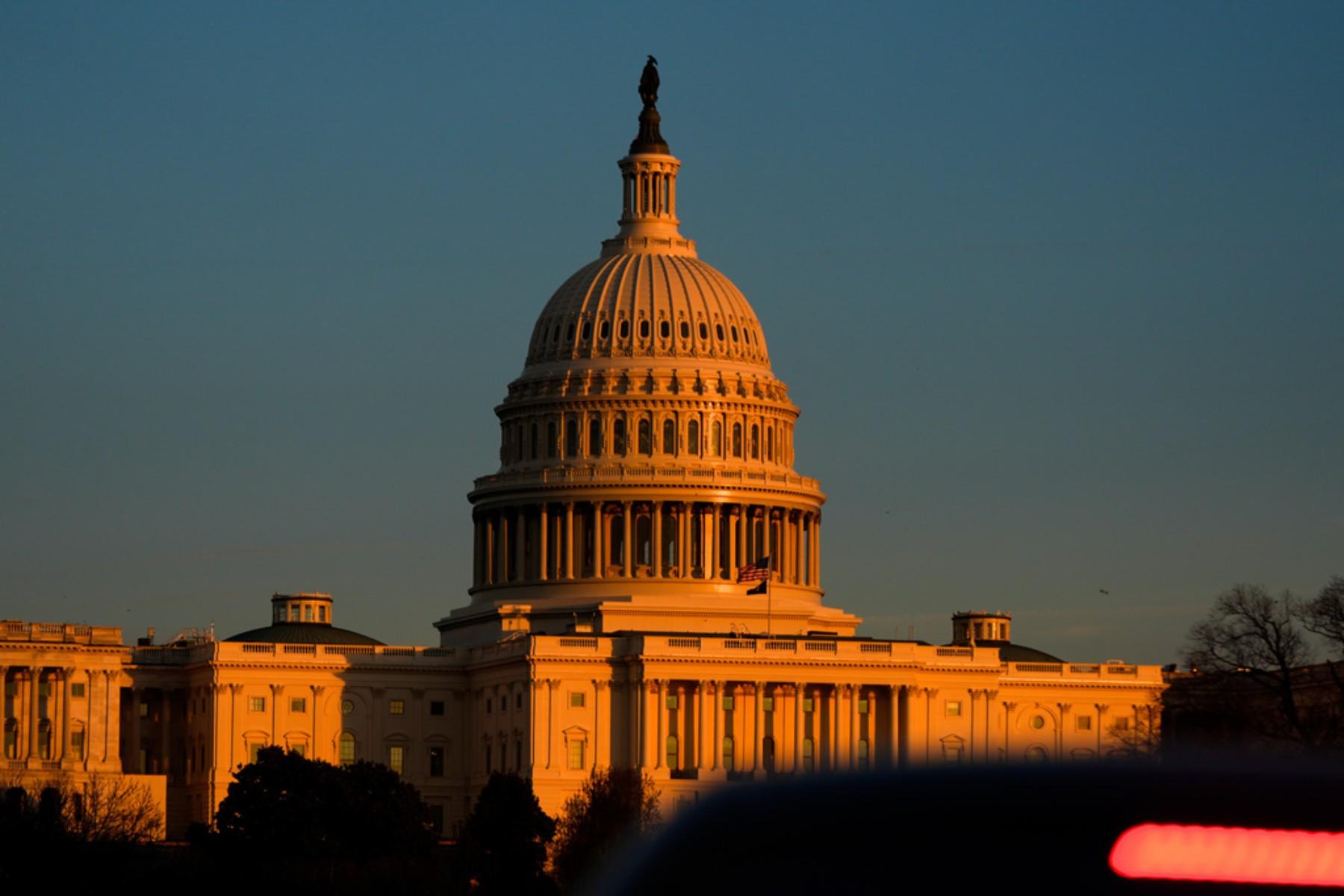
By John O'Connor and Sarah Raza, Associated Press. CPR News contributed Colorado-specific reporting.
The U.S. Department of Agriculture will move thousands of employees out of the nation's capital in a reorganization the agency says will put them closer to customers while saving money, Agriculture Secretary Brooke Rollins said Thursday.
Around 2,600 workers — more than half the Washington, D.C. workforce — will be moved to five hubs, stretching from North Carolina to Utah, Rollins said. The list of cities includes Fort Collins.
The union representing federal workers dismissed the relocation plan as a ploy to cut federal jobs, pointing out that some 95% of the department's employees already work outside Washington. However, Colorado's two Democratic Senators sounded a more welcoming note.
"Colorado is the best state in the country to work, raise a family, and recreate," said Sen. Michael Bennet, who sits on the Agriculture committee, in a statement. "If done right, Colorado's farmers and ranchers will benefit from having more talented USDA employees living and working in Larimer County."
Sen. John Hickenlooper called Fort Collins a great location for a USDA hub, while also echoing Bennet's caution about how the move could play out.
“Done correctly, this will harness Colorado’s agricultural communities’ expertise and help better connect USDA’s research to the folks on the ground,” Hickenlooper wrote on X.
The move is part of President Donald Trump's effort to make the federal government slimmer and more efficient, which received a Supreme Court boost this month.
“American agriculture feeds, clothes, and fuels this nation and the world, and it is long past time the department better serve the great and patriotic farmers, ranchers, and producers we are mandated to support,” Rollins said in a statement.

The goal is to re-size the department so that costs don't outstrip available finances, as well as eliminate layers of management and consolidate redundant functions, the statement said. The department expects the plan to take several months.
The other four announced hubs are in Raleigh, North Carolina; Kansas City, Missouri; Indianapolis and Salt Lake City.
Although it’s important to be closer to farmers and ranchers, Chad Hart, a professor of agricultural economics at Iowa State University, said taking those employees out of Washington risks losing an important connection to Congress.
“You want that balance” to ensure effective farm policy, Hart said.
Much of the government savings could come from employees who choose not to relocate, Hart said. He added that the agricultural community is concerned about a “bumpy transition” reminiscent of similar action during Trump’s first term, when it took relocated Agriculture offices months to get up and running again.
Trump's 2019 decision to move the Bureau of Land Management headquarters to Grand Junction had a similarly bumpy rollout and was rescinded three years later by the Biden administration.
"I have serious doubts that the Administration has adequately considered the impact of this move on research and on services for farmers and rural Americans," said Sen. Amy Klobuchar of Minnesota, the ranking Democrat on the Ag Committee. "A reorganization of this scale will impact USDA's ability to provide critical services to Americans and undermine the Agency's trusted expertise that farmers and families count on."
Everett Kelley, national president of the American Federation of Government Employees, the labor union representing federal workers, noted about 85% of all federal employees already work outside the capital, but insisted Washington “is the center of our nation’s government for a reason."
Workers at headquarters help coordinate between senior leaders and field offices, Kelley said, and they ensure the agency has a “seat at the table” when lawmakers and the White House make decisions that affect farmers nationwide.
“I’m concerned this reorganization is just the latest attempt to eliminate USDA workers and minimize their critical work,” the union leader said.
The Agriculture Department reported that its headcount grew by 8% over the past four years, with salaries increasing by 14.5%. The statement from Rollins said the 4,600 employees in and around Washington are “underutilized and redundant” and housed in underused buildings with billions of dollars in deferred maintenance.
In the Washington region, the department will vacate three buildings and examine the best use of three others. One building set to be abandoned has $1.3 billion in needed but delayed maintenance and has room for 6,000 employees, while only housing 1,900.
Wages will fall, too, Rollins promised. The capital region is among the nation’s costliest to live, and department employees there are paid a surcharge of 34% to keep ahead of the cost of living. The surcharges range from 17.1% in Salt Lake City to 30.5% in Fort Collins.
Raza reported from Sioux Falls, South Dakota.









